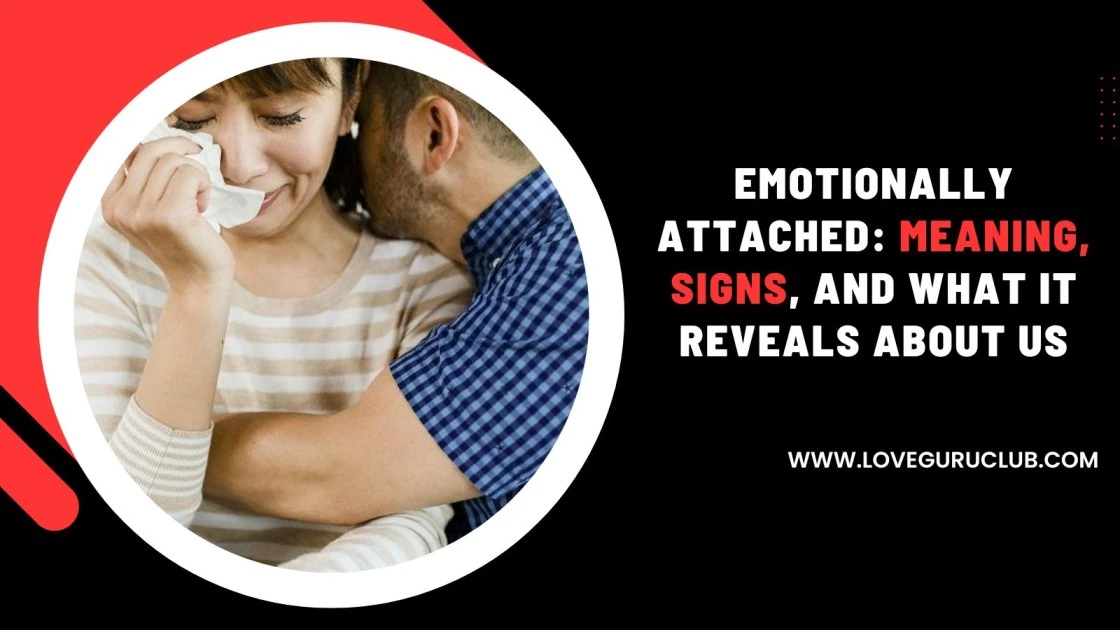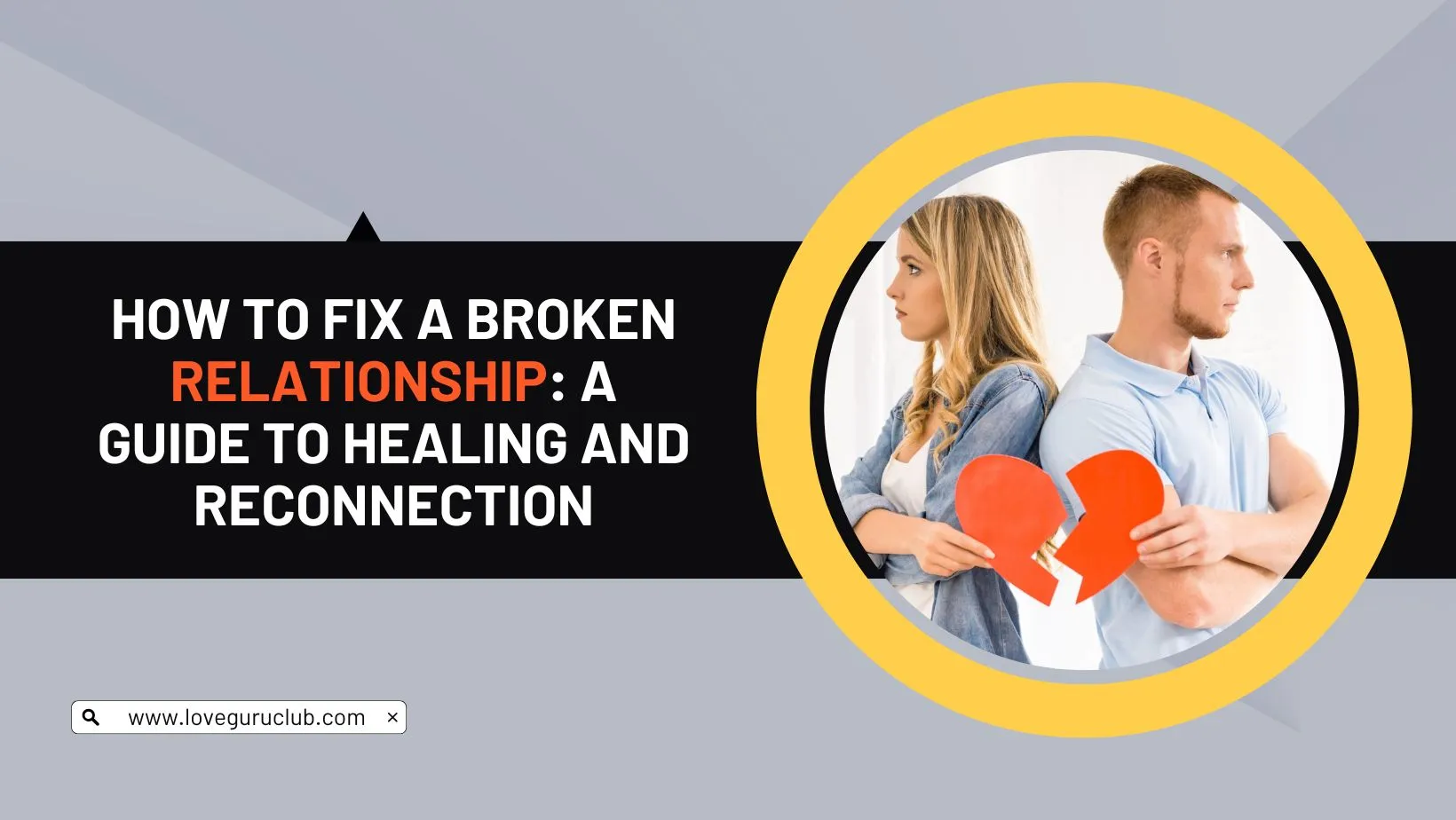Couples Counseling
What is PTSD?

What is PTSD?
Have you overly wondered what Post-Traumatic Stress Disorder or PTSD is? Of course, you have! That’s why you are here. I realize as a therapist that this disorder is rhadamanthine increasingly common. COVID-19 and many other traumatizing events are making our world increasingly unpredictable. What are we supposed to do with all these negative things?
We need to understand what is happening to us. Understanding trauma and PTSD will help. Know what you are dealing with. Knowing will requite you ways to prepare and heal leading to a increasingly enjoyable life experience. PTSD is a mental health disorder welling out of a traumatic event. A person’s experiences of this event bring well-nigh a ramified system of triggers and symptoms based on that event.
What is Post-Traumatic Stress Disorder?
Let’s start with a good definition of what PTSD is. Below I requite several definitions from variegated sources. I will provide a simpler definition based on my weightier understanding without the formal definitions. Then I will provide several examples. I will transiently discuss the difference between trauma and PTSD. Finally, I will discuss the variegated areas of life that PTSD can affect.
Defining PTSD
Understanding PTSD starts with knowing how it is defined. Many sources pinpoint PTSD. The two most prominent might be the Diagnostics and Statistical Manual of Mental Disorders, 5th Edition: DSM 5, and the International Classification of Diseases (ICD) – 10. Other sources are textbooks, the American Psychiatric Association, or any other therapeutic association. Some websites have their version of a definition for PTSD. I will list a few here.
ICD 10
PTSD “arises as a elapsed or protracted response to a stressful event or situation (of either unenduring or long duration) of an uncommonly threatening or catastrophic nature, which is likely to rationalization pervasive distress in scrutinizingly anyone.”
“Typical features include episodes of repeated reliving of the trauma in intrusive memories (“flashbacks”), dreams or nightmares, occurring versus the persisting preliminaries of a sense of “numbness” and emotional blunting, detachment from other people, unresponsiveness to surroundings, anhedonia, and avoidance of activities and situations reminiscent of the trauma.”
“There is usually a state of autonomic hyperarousal with hypervigilance, an enhanced startle reaction, and insomnia. Uneasiness and peepers are wontedly associated with the whilom symptoms and signs, and suicidal ideation is not infrequent.”
“The onset follows the trauma with a latency period that may range from a few weeks to months. The undertow is fluctuating but recovery can be expected in the majority of cases. In a small proportion of cases, the condition may follow a chronic undertow over many years, with eventual transition to an rememberable personality change.” (Quoted from estss.org)
Psychiatry. org
“Posttraumatic stress disorder (PTSD) is a psychiatric disorder that may occur in people who have experienced or witnessed a traumatic event such as a natural disaster, a serious accident, a terrorist act, war/combat, or rape or who have been threatened with death, sexual violence or serious injury.”
“People with PTSD have intense, torturous thoughts and feelings related to their wits that last long without the traumatic event has ended. They may relive the event through flashbacks or nightmares; they may finger sadness, fear, or anger; and they may finger uninfluenced or estranged from other people.”
“People with PTSD may stave situations or people that remind them of the traumatic event, and they may have strong negative reactions to something as ordinary as a loud noise or an willy-nilly touch.”
“A diagnosis of PTSD requires exposure to an upsetting traumatic event. However, the exposure could be indirect rather than first-hand. For example, PTSD could occur in learning well-nigh the violent death of a tropical family or friend. It can moreover occur as a result of repeated exposure to horrible details of trauma such as police officers exposed to details of child vituperate cases.” (Quoted from Psychiatry.org)
Mayo Clinic
“Post-traumatic stress disorder (PTSD) is a mental health condition that’s triggered by a terrifying event — either experiencing it or witnessing it. Symptoms may include flashbacks, nightmares, and severe anxiety, as well as uncontrollable thoughts well-nigh the event.” (Quoted from mayoclinic.org)
National Institute of Mental Health (NIMH)
“Post-traumatic stress disorder (PTSD) is a disorder that develops in some people who have experienced a shocking, scary, or dangerous event.”
“It is natural to finger wrung during and without a traumatic situation. Fear triggers many split-second changes in the soul to help defend versus danger or to stave it. This “fight-or-flight” response is a typical reaction meant to protect a person from harm. Nearly everyone will wits a range of reactions without trauma, yet most people recover from initial symptoms naturally. Those who protract to wits problems may be diagnosed with PTSD. People with PTSD may finger stressed or frightened, plane when not in danger.” (Quoted from the NIMH)
My definition of PTSD
Post-Traumatic Stress Disorder is when a person has severe reactions brought on by moments in time when they are reminded of an event that was very devastating, unable to be processed at that moment, possibly terrifying, and usually sudden. This event would be considered a traumatic event.
The moments that remind them of the traumatic event are considered triggers. Worldwide reactions are considered symptoms. Symptoms include flashbacks, nightmares, intrusive thoughts, and other possible emotional reactions.
This is a very ramified mental health disorder in which the highest level of mental health professionals have defended their time to creating a system of criteria. This system helps to largest determine if a person indeed has a disorder. The end goal is to provide largest overall treatment for worldwide symptoms that patients with this mental health disorder present.
The criteria for PTSD
PTSD has criteria, or a list of trammels marks, that people need to meet to have this disorder. Sorry for all of you who requirement you have it! The list of criteria is long. With my training in mental health, I, fortunately, have the privilege to help people find out if they indeed have PTSD or not.
It’s so refreshing to see people when they finally can put this to rest, either if they find they fit the criteria or not. Diagnosing is not so simple as reading the definitions whilom and like-minded that you have it. Seeing a licensed professional who can ratherish assess which criteria you meet is very important.
Don’t forget, that many licensed mental health professionals have been trained to “rule out” other possible disorders first. This is hair-trigger to determine any diagnosis! In an struggle to not be too wordy, but also, not requite you the hope of diagnosing yourself, I will not fully go over all the criteria. I just want to requite you a taste so that you can decide if you want to see a professional.
Typical criteria for diagnosing PTSD
There are variegated criteria for adults and children under 6 years of age. Adults have to meet 6 categories of criteria, as well as, the disruption of some major zone of your life AND ruling out all other possibilities. Are you once seeing the complexities? I hope so.
The 6 categories are:
A. Exposure to very or threatened death, serious injury, or sexual violence. These events moreover must have been experienced in very specific ways, ranging from having been present for the event, to someone repeatedly exposed to events indirectly. (IE, A police officer exposed repeatedly to the details of child abuse. (paraphrased from the DSM-5)).
B. Having one or increasingly “intrusion symptoms associated with the
traumatic event” occurring without the event. Basically, if you show one of the 6 symptoms listed, you meet this criteria. These are some of the symptoms you might have had such as reoccurring thoughts, nightmares, and other symptoms.
C. Avoidance of or efforts to stave anything associated with the event regularly. This would have to be without the event occurred.
D. At least 2 negative changes in mood AND thoughts as a result of the event and that occur without the event. A list of 7 options of negative changes are possible, and they scrutinizingly all require PERSISTENCE. That would midpoint they alimony going and you can’t stop them.
E. You see a definite transpiration in how you respond to things due to the event. Again, there are 6 ways a person’s response can transpiration and you have to have seen 2 of these changes.
F. Finally, the time that this continues to scarecrow you has to be at least a month. (Guess what! If it is less than a month that this has been going on…You can’t be diagnosed with PTSD yet. It doesn’t midpoint you don’t have it, but it does midpoint you may not have it. You are only in what they will possibly diagnose as Acute Trauma.)
What does this all mean?
Fortunately for you, if you have read this far, you now have a largest understanding of PTSD. It is much increasingly ramified than people think. You can’t just say you have it. This is a good thing! We don’t want to have this disorder if it is that complex.
However, if you do have it, it’s largest to know that you do so you can treat it. This means, that if you are experiencing any of the symptoms above, or are just not sure what is going on with you, go find help!
How do I find a professional who can determine if I have PTSD?
Finding a professional is not as nonflexible as it used to be. The concept of mental health has wilt much increasingly worldwide in the past 10 to 20 years. There are variegated types of mental health professionals that can help. So you need to know what type you are looking for.
Once you know what type of mental health professional you are looking for, then you need to squint through the variegated resources that can tell you where to find one in your zone or state. Search in your web browser, undeniability your denomination office, squint in the yellow pages, or ask a friend if they know of any good mental health professionals.
Finally, undeniability virtually and try to find a therapist that fits your repletion and feels right. The relationship matters. If you are looking to be diagnosed or assessed, all licensed therapists in your state should have that capability.
However, a licensed psychologist is going to be trained increasingly thoroughly to test and assess you for a mental health disorder. That does not midpoint that you cannot get a good idea or an well-judged diagnosis from flipside mental health professional.
Examples of PTSD
The example that stands out to most people that have witnessed PTSD is of a person who has witnessed war or has been exposed to military combat. When a soldier sees death, explosions, bullets zipping by them, and other possible mortiferous experiences, they are very likely to wits intense trauma, resulting in PTSD.
Car wrecks can moreover bring well-nigh PTSD. If someone died in the wreck or there was an wits that could have been deadly, a person may have reoccurring issues that upspring from that event. Paramedics see things like this all the time, which could moreover lead to PTSD, although they were not involved in the wreck.
Any kind of death or near-death wits can rationalization PTSD. Crashes, falling, intense physical vituperate or rage, riots, and other events all have the potential to rationalization PTSD. Remember, the event must be due to witnessing or stuff present for the very death, serious injury, or sexual violence. Breaking wreck and rape can moreover be events that bring well-nigh PTSD.
The Difference Between Trauma and PTSD
Trauma and PTSD are different. The difference has increasingly to do with severity. If you have trauma, you might have PTSD. However, if you have PTSD, you have trauma. Trauma can occur without a progression into full-blown PTSD.
When someone has trauma, but not PTSD, they tend to have triggers and symptoms, but not to the extent that a person would have if they were diagnosed with PTSD. Trauma can occur through many increasingly events than PTSD. Developing trauma can occur just by stuff yelled at, lied to, getting sick, or any intense event that isn’t necessarily related to a deadly, near-death, or sexually violent situation.
Someone who is cheated on may not have PTSD, but they certainly have trauma and moreover have symptoms that resemble PTSD. So, if you are thinking you have PTSD, stay wifely and know that it probably is not likely. However, you may still have trauma, and it would be helpful to heal from it.
What Areas of Life Does PTSD Affect
PTSD can stupefy many areas of life. Your finances, marriage, intimacy, work, social, and spiritual lives can all be impacted by PTSD. What zone of life it impacts is going to be based on the nature of the event and the intensity of the event.
If the event was very intense, you could see impacts through every one of those areas considering fear, anxiety, and peepers will most likely take over and alimony you from performing well in any of those areas. However, you are increasingly likely to have increasingly intense effects depending on the nature of the event.
For example, sexual violence is going to rationalization increasingly problems in your marriage, intimate life, and possibly spiritual life. Again, it is possible based on the intensity it could stupefy all areas of life. Just remember that your life is important. Your worthiness to function is moreover very important. If PTSD is a part of your life, it is very likely well-expressed your worthiness to function in an important zone of life.
Common underlying feelings to watch for with spouses that have PTSD
Due to the nature of PTSD, most people never expected the event that caused their trauma to happen. It was sudden. They felt a loss of control. Unfortunately, they now have a snooping that if what happened to them can happen vastitude their control, then what else could happen? Trust and tenancy wilt hyper-focused.
Struggling with trust and the feeling of loss of control, these individuals are most likely grasping for some sort of stability. They are afraid. Any sort of vulnerability creates the possibility of stuff hurt or rejected. The result of not feeling like you can tenancy anything at this point can result in hopelessness. Thus, opening the door for all sorts of other possible problems.
Remember that a person who has PTSD has been unprotected off guard. Their fear of not stuff in tenancy drives their need for safety and stability, yet they don’t know how to attain that anymore. They are feeling stress, hopelessness, and fear.
Conclusion
Post-Traumatic Stress Disorder is much increasingly worldwide today than previously considering we understand it more. In the past, suicide and upper rates of negative impacts on life were seen considering people experienced this disorder, but we did not realize what was causing it. Now, we have increasingly information and no excuse to not find help for people.
With the information whilom and other helpful resources listed, you should be worldly-wise to find help and determine if you are experiencing this problem. Please don’t way to find help. You deserve to have a unconfined life! If you know someone who is struggling in this way, share this with them and let them know you superintendency and want to help. Thank you for reading and I hope you use this information to make your life and others better!





